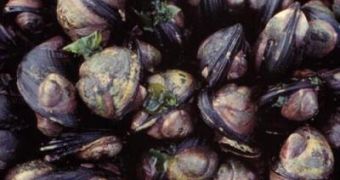Some lizards and insects lost sex (they reproduce by cloning). Other lizards have given rise to legless snakes and lizards. Cave fishes and amphibians lost their eyes. Apes lost their Tails and humans fur. Ostriches and kiwi do not have functional wings; fleas lost their wings at all. Evolution often eliminates complicated organs when they lose their functions.
Dollo's Law say that once lost, an organ cannot be re-evolved as the genes encoding for its development have been lost or mutated and if it appears a second time, it uses another evolutionary path.
An example would the leatherback sea turtle, who lost once its shell and re-evolved it, but with a different structure than in other sea turtles.
But this law has proved to be wrong: mammals (including humans) and birds, too (which are totally toothless) can re-grow teeth in the reptilian way, when genetically engineered (reptile re-place worn teeth constantly through their life, while mammals can only re-place once just the "milk teeth").
Recently, mites that lost sexual reproduction were found to turn back to sex by activating genes. Now, an American-Chilean team found another exception from Dollo's law in sea snails.
"This is important because it shows that animals may carry the potential for evolutionary change around with them. When the environment changes, new life forms may be able to regain abilities that were lost earlier in evolutionary history," explained co-researcher Rachel Collin, Staff Scientist at the Smithsonian Tropical Research.
The majority of the sea snail species experience metamorphosis: from eggs hatch tiny plankton larvae, swimming with the help of some cilia forming a velum. Many species (especially terrestrial and freshwater ones) have lost metamorphosis: from their big eggs protected by the mother hatch to small bottom-dwelling snails.
But in the new research, the scientists focusing on embryological observations and DNA sequencing (of a gene called mitochondrial cytochrome oxidase I) revealed that the larval phase can be reacquired. The researchers investigated 6 species of the genus Crepipatella, collected from the shorelines of Argentina, Chile, Panama, Peru, South Africa and the US.
The variation in gene sequences allowed the researchers to build the family tree of Crepipateella, revealing that larvae stage had been lost and re-gained in the same family group, another challenge to Dollo's law.
"The embryos of limpets in a group called Crepipatella seem to retain some of the apparatus they would need for larval feeding and swimming, even though they do not produce larvae. Then, from DNA data we see that one species with larvae has re-evolved in the middle of a group that doesn't have them. It does go both ways! There's more flexibility in animal evolution than people thought." explained Collin.
As birds are living dinosaurs, could we see a reverse evolution on them??

 14 DAY TRIAL //
14 DAY TRIAL //